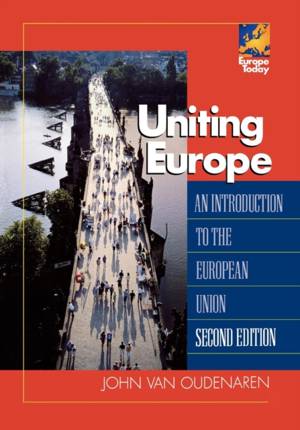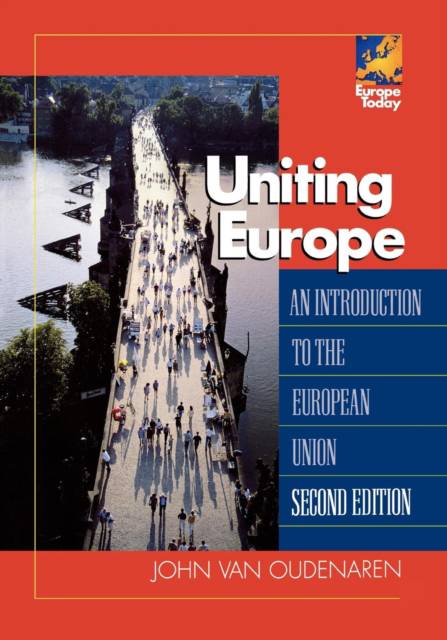
- Retrait gratuit dans votre magasin Club
- 7.000.000 titres dans notre catalogue
- Payer en toute sécurité
- Toujours un magasin près de chez vous
- Retrait gratuit dans votre magasin Club
- 7.000.0000 titres dans notre catalogue
- Payer en toute sécurité
- Toujours un magasin près de chez vous
Description
In this timely and clearly written text, John Van Oudenaren traces how the original six-member common market evolved into the twenty-five-member European Union (EU) with its growing array of policy responsibilities. Providing an accessible overview of the institutions, laws, and policies of the Union, he chronicles the EU's emergence as a global economic power and its efforts to assert its political presence on the world stage. The author argues that the federalist aspiration to create a 'United States of Europe' has died but that the drive to union persists in other forms. In the coming years, the EU will be challenged by a daunting agenda that includes making a success of the 2004 enlargement, improving the lagging performance of the EU economy, ensuring the continued success of the euro, finalizing a European constitution, and reconciling the desires of the member states to protect elements of their sovereignty with the widespread goal of achieving a more cohesive and effective foreign and security policy. A new chapter deals specifically with the contentious EU-U.S. relationship and the efforts of policymakers on both sides of the Atlantic to build an effective partnership, notwithstanding strains over trade, the Kyoto Protocol, the war in Iraq, and other divisive issues.
Spécifications
Parties prenantes
- Auteur(s) :
- Editeur:
Contenu
- Nombre de pages :
- 432
- Langue:
- Anglais
- Collection :
Caractéristiques
- EAN:
- 9780742536616
- Date de parution :
- 03-08-04
- Format:
- Livre broché
- Format numérique:
- Trade paperback (VS)
- Dimensions :
- 181 mm x 258 mm
- Poids :
- 966 g

Les avis
Nous publions uniquement les avis qui respectent les conditions requises. Consultez nos conditions pour les avis.






